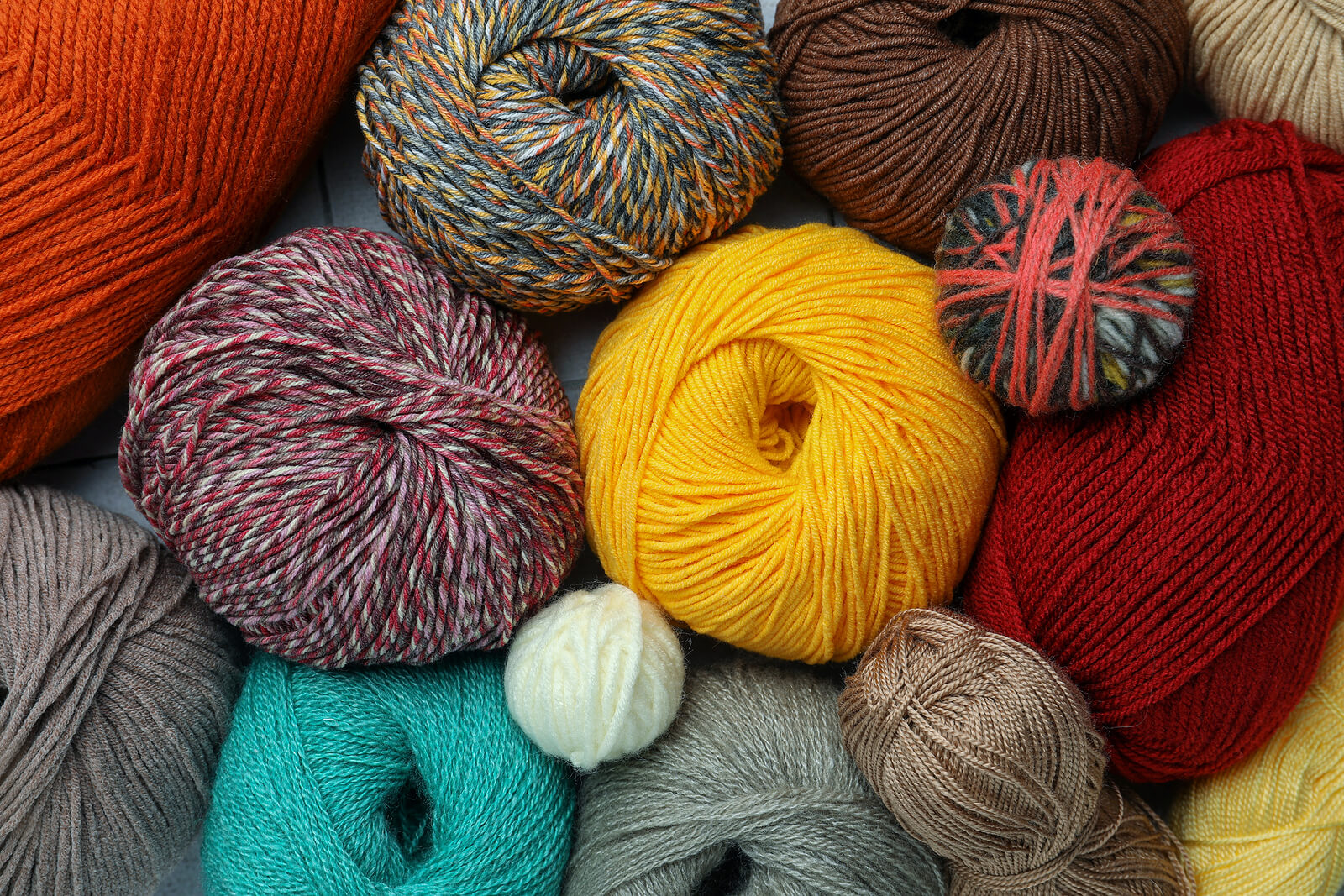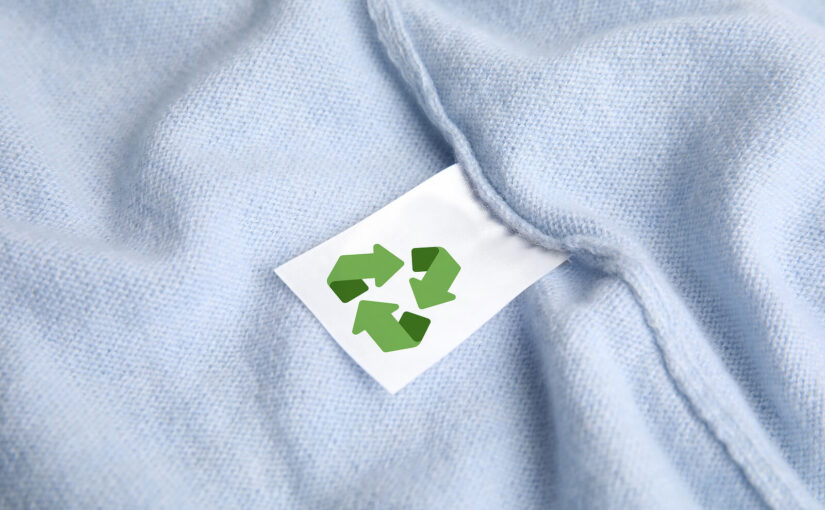Wool is a natural fibre and textile made from the fleece of sheep. It’s used to manufacture a wide variety of products, from jumpers and socks to blankets, carpets and cushion covers.
While wool offers many benefits like softness, warmth, water repellence, and fire resistance (did you know that firefighter uniforms are made from 100% merino wool?), it doesn’t last forever.
Luckily, it is a fibre that takes very well to recycling.
Let’s take a closer look at wool recycling techniques, what the resulting material is made into, and your options for recycling your old woollen garments.
What is recycled wool and how is it made?
Once a wool product — for example, a jumper — has come to the end of its life, you can recycle it. Even wool that’s in a terrible state can easily be recycled.
Recycled wool, also known as shoddy or rag wool, is recycled in one of two ways. Let’s take a look at those methods in more detail.
The closed-loop wool recycling system
The world’s largest closed-loop wool recycling operation occurs in Prato, Italy, where a textile hub has been recycling wool on an industrial scale since the 19th century.
Here and elsewhere, old garments are turned into raw recycled wool yarn and used to manufacture new products. Manufacturers can create new garments, and the resulting clothing is just as beautiful to touch, look at, and wear as the original.
Before this process begins, a quality check takes place, and clothing is sorted into two categories — pieces that will be resold and those with too many defects to sell.
This initial sorting process is followed by a second, which collates garments by colour and composition. Impressively, sorting is done by hand by highly skilled artisans who know a fabric’s entire composition with a single touch.
The next phase is manually removing anything non-recyclable from each garment, so these parts cannot contaminate the new wool fibres. Non-recyclables include buttons, zips, elastic, labels, linings, stitching (unless woollen), and embroidery.
Afterwards, the remaining fabric is processed through a mechanical shredding machine, resulting in recycled wool fibre. This fibre is then skilfully mixed to create colours — no dye is involved.
The spinning mill then receives bales of wool fibre, and yarn is created.
At the weaving mill, interlacing warp and weft threads on the looms create fabric.
Finally, the fabric heads to the finishing mill, where it is worked to achieve its final look. It is then ready to be used by manufacturers to make new garments.
What is made from recycled wool?
Within the closed-loop system, recycled wool clothing is made, such as jumpers, coats, sweaters, socks, and gloves.
In addition, homeware, including blankets, throws and rugs, is made from the ‘new’ wool.

The open-loop wool recycling system
The open-loop recycling system is where old woollen products are broken down and used to make new products such as mattresses or insulation.
Re-engineering
An additional method is re-engineering old or unsold products into new ones — for example, using a woollen coat to create a handbag.
This upcycling process saves woollen products from recycling, giving them a new life.
How to recycle wool clothing
Now you know exactly how it happens, you’re probably wondering, “where can I recycle my wool clothing?”
If you have old jumpers or woollen clothes you no longer need or want, consider if someone else might like them.
Your local charity shop would appreciate them if they are in good condition — or perhaps a local homeless shelter.
If your clothes are in poor condition, consider keeping them to repair or have them repaired by someone else.
When your clothes are ready for recycling, you can donate them to your local textile recycling shop or a textile recycling bank — these are usually located in supermarket car parks.
For further information, you can contact your local council.
Composting your wool clothing
All-natural wool is biodegradable, so it’s easy to compost.
Before considering this option, check the labels on your clothing and ensure it is 100% wool.
Next, remove all non-wool parts, such as labels, stitching, buttons and zips, and cut the garment into small pieces before adding it to your compost bin.
If there isn’t much food waste in your bin, sprinkle a little of the wool waste in every so often rather than all at once.
Why buy recycled wool clothing?
Buying recycled wool clothing benefits the environment by extending the lifespan of fibres that have already been produced.
Clothes made from recycled wool are more expensive than regular woollen garments because they cost more to manufacture. However, these sustainable clothes are durable and worth investing in if they are within your budget.
If you’re interested in recycling clothes, read our blog post on rental fashion next. You might also like to learn how to dress more sustainably and create a sustainable wardrobe.
